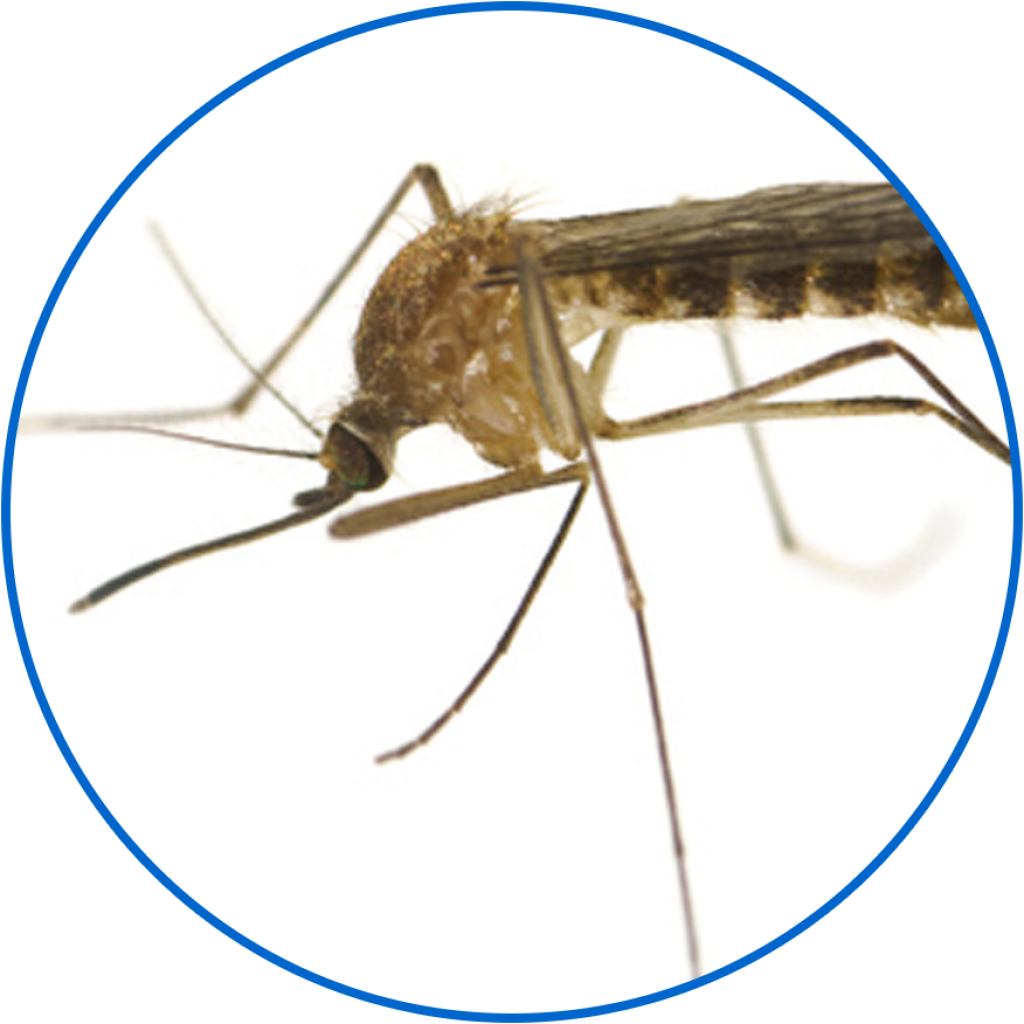STERILE INSECT TECHNIQUES
The Sterile Insect Technique is a method of insect control where sterile male insects are released to mate with the local population of females of the same species. Once the males mate with the local females, the resulting eggs will not hatch.
Yes, there are different types of SIT, depending on the species of insect and other factor. A common technique is the release of male insects that have Wolbachia in areas where the local female insects do not have Wolbachia. These matings result in “cytoplasmic incompatibility” and embryos do not develop. This technique is also referred to as Incompatible Insect Technique (IIT).
Wolbachia is a naturally occurring bacterium found inside the cells of many different kinds of insects, including butterflies, dragonflies and many species of mosquitoes. Wolbachia is transmitted maternally from a female insect through her eggs to her offspring.
If a female insect that does not have Wolbachia mates with a male insect that has Wolbachia, her eggs will not develop or hatch, producing no offspring. The release of male Aedes aegypti mosquitoes with Wolbachia will increase the likelihood of incompatible matings and thus reduce the local population of Aedes aegypti mosquitoes.
Wolbachia is an intracellular bacterium found in over half of insect species (bees, butterflies, etc.) and is transmitted from the mother insect to her offspring. It is not found in humans, and it cannot be transmitted through an insect bite or contact.
No. Continue to take the same precautions as you otherwise would to prevent mosquito bites.
Only male mosquitoes are released because male mosquitoes DO NOT bite and cannot transmit diseases to humans. Also, since male mosquitoes seek out females with which to mate, they can be used in SIT.
If you live in an area where sterile male mosquitoes are released, you may notice an increase in mosquitoes. Non-biting male mosquitoes are attracted to people as they seek female mosquitoes with which to mate. Released male mosquitoes cannot bite; however, you may have local female mosquitoes in your neighborhood. Female mosquitoes do bite and you and your family should continue to take precautions to prevent mosquito bites.
The newly invasive Aedes aegypti mosquito is extremely difficult to control using conventional methods, including chemical insecticides. We have an interest in exploring innovative mosquito control strategies that could be incorporated into our existing integrated mosquito management program, and we believe that the SIT approach has potential and should be evaluated.
Everyone can help in the control of mosquitoes by doing their part to eliminate mosquito production sites around their residences and businesses by regularly emptying containers that hold water, such as flowerpots, old tires, kiddy pools, outside toys, pet water bowls, etc. These serve as breeding habitat for mosquitoes.
Aedes aegypti is an invasive insect and is not an essential part of the natural ecosystem. Reducing the population of this mosquito will not harm native insect-eating animals.


